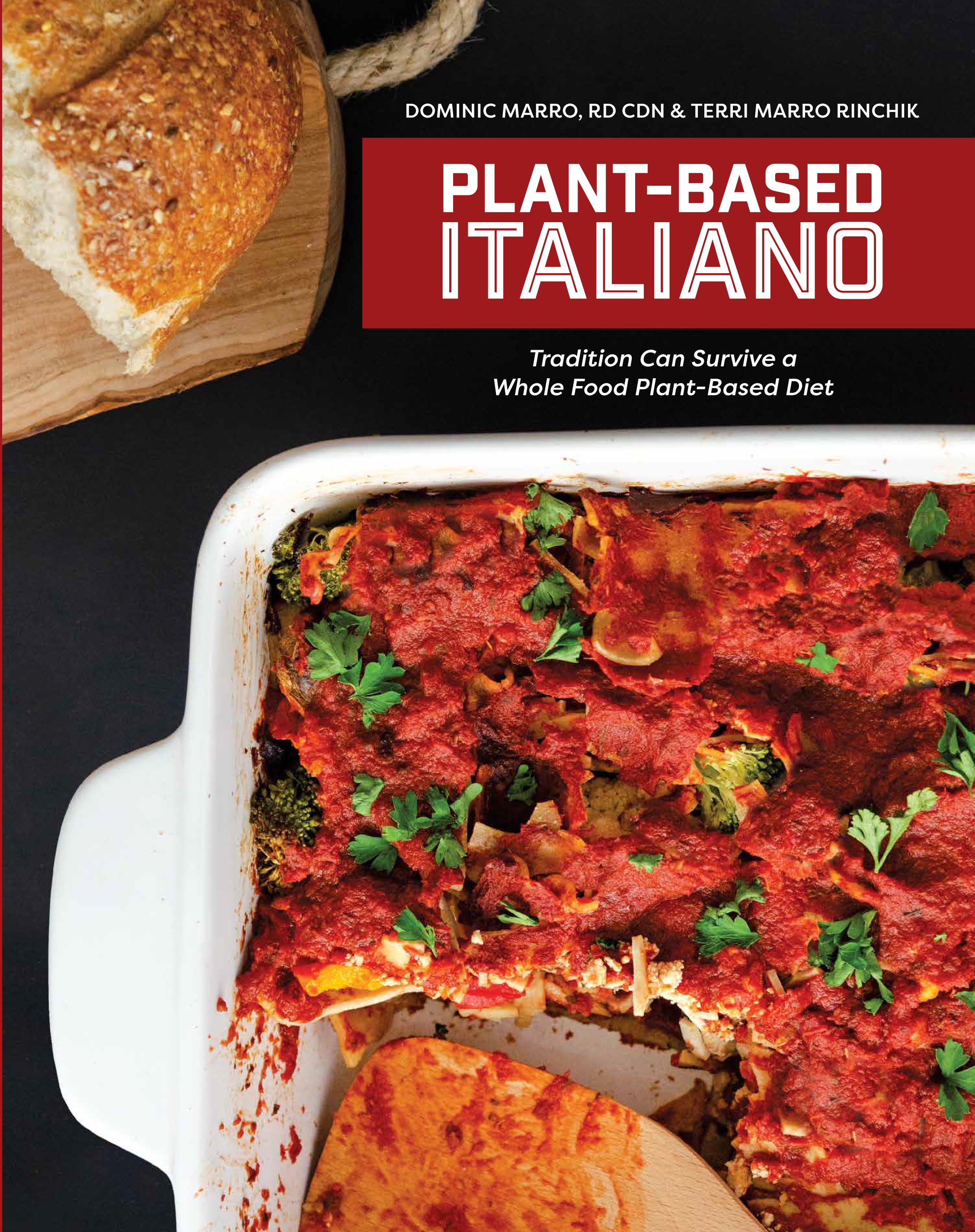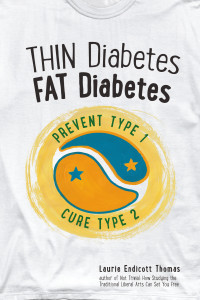Dr. Michael Greger is a physician, New York Times bestselling author, and internationally recognized speaker on nutrition, food safety, and public health issues. His latest book, “How Not To Die”, became an instant New York Times Best Seller.
Dr. Greger is also the mastermind behind “NUTRITONFACTS.ORG” which is a strictly non-commercial, science-based public service web site. Dr. Greger provides free updates on the latest nutrition research via bite-sized videos. You can access more than 1000 videos on various aspects of healthy eating. One video that Dr. Greger counts as one of his favorites is called “Antioxidants in a Pinch.” It includes practical advice on how herbs and spices can not only increase the flavor of meals, but also increase a meal’s antioxidant power.
Why are Antioxidants Important?
Antioxidants are substances that may protect your cells against the effects of free radicals — molecules produced when your body breaks down food or is exposed to tobacco smoke and radiation. Free radicals may play a role in heart disease, cancer and other diseases.
Plant-based foods are the best sources of antioxidants.. These foods include fruits, vegetables, whole-grain products, legumes, nuts, seeds, herbs and spice.
Some plant-based foods are higher in antioxidant power than others. The Oxygen Radical Absorption Capacity (ORAC) is a measure of a food’s antioxidant activity.
For a listing of ORAC scores for a variety of foods, you can check out the “USDA Database for the ORAC of Selected Foods.” You’ll soon see that many spices have huge scores. It’s no wonder that Dr. Greger entitled his video “Antioxidants in a Pinch”, as you can dramatically increase the antioxidant power of a meal by adding small amounts of herbs/spices.
Practical Tips to Increase Antioxidant Intake
- Add oregano or marjoram and broccoli florets to your marinara sauce
- Add ½ teaspoon of cinnamon and a pinch of cloves to your oatmeal
- Sprinkle dried peppermint on salads
- Add cinnamon and a pinch of cloves to a micro waved sweet potato.
Dr. Greger has looked at a lot of research on the metabolic and physiological effects of Turmeric. Click here to access a video on the benefits of Turmeric. Go to the Doctor’s Notes of the video for links to many more turmeric videos.
- Dr. Greger recommends adding turmeric to sweet dishes containing cinnamon and ginger.
- Turmeric goes well with potatoes, sweet potatoes, lentils, brown rice, millet and other intact grains.
- Add Turmeric to soups and stews.
- Combine a small amount of Black Pepper with Turmeric to improve Curcurmin absorption (Curcurmin is a component in Turmeric)
There are some folks who should probably limit their intake of Curcurmin and Turmeric. These include pregnant women, folks with gallstones and folks with a history of kidney stones. Click here to learn more.
Can You Eat Too Many Herbs and Spices?
For some spices the answer is “Yes”. Check out these videos:
Best Practice
To reduce the likelihood of over consuming spices, use reasonable amounts necessary to increase the flavor of foods.
Upon transitioning to a WFPB diet, I had to become more familiar and adventurous with spices. This Kale and Potato Stew Recipe is evidence of that.
The Anti-Oxidant Champion
Because cloves appear to be an antioxidant champion, I thought I’d share some Plantastic Life recipes that contain cloves and other high anti-oxidant spices. (You won’t be surprised that they also contain ginger)
Stay Healthy and Strong!






 E Excerpt from Laurie Endicott Thomas’s amazing book Thin Diabetes – Fat Diabetes by clicking here!
E Excerpt from Laurie Endicott Thomas’s amazing book Thin Diabetes – Fat Diabetes by clicking here!
Speak Your Mind